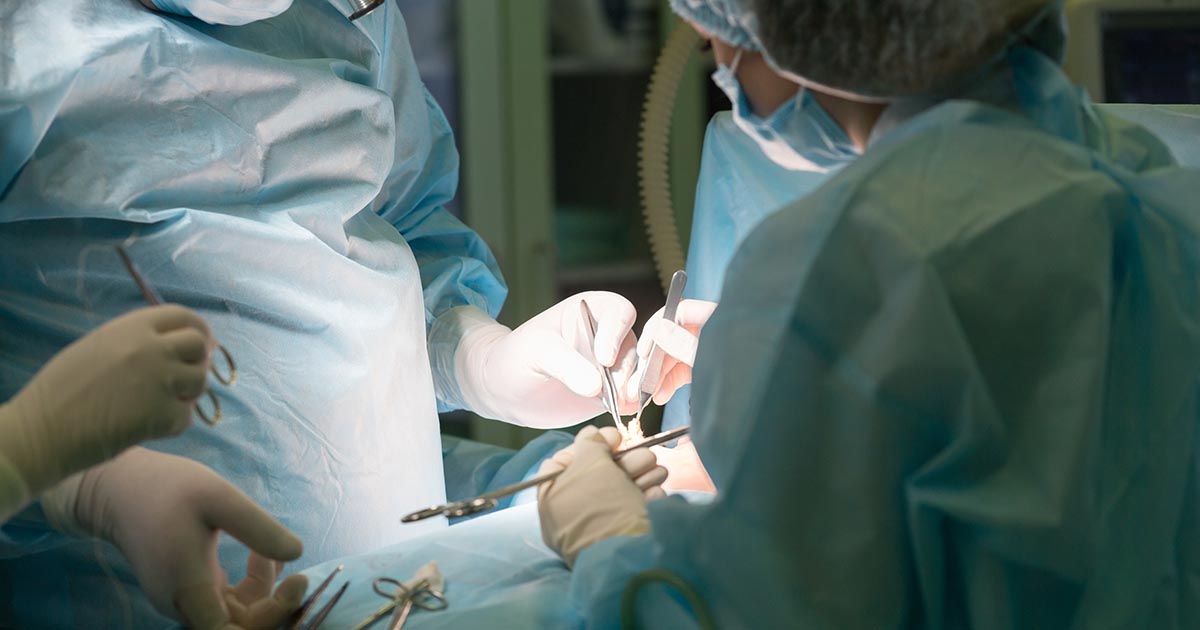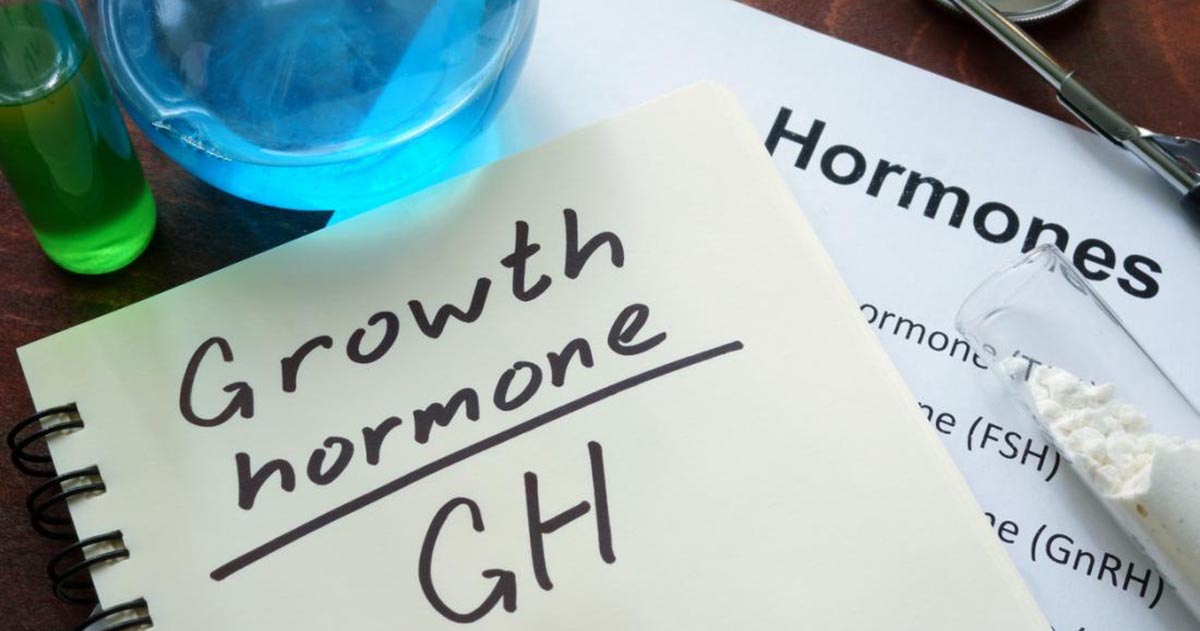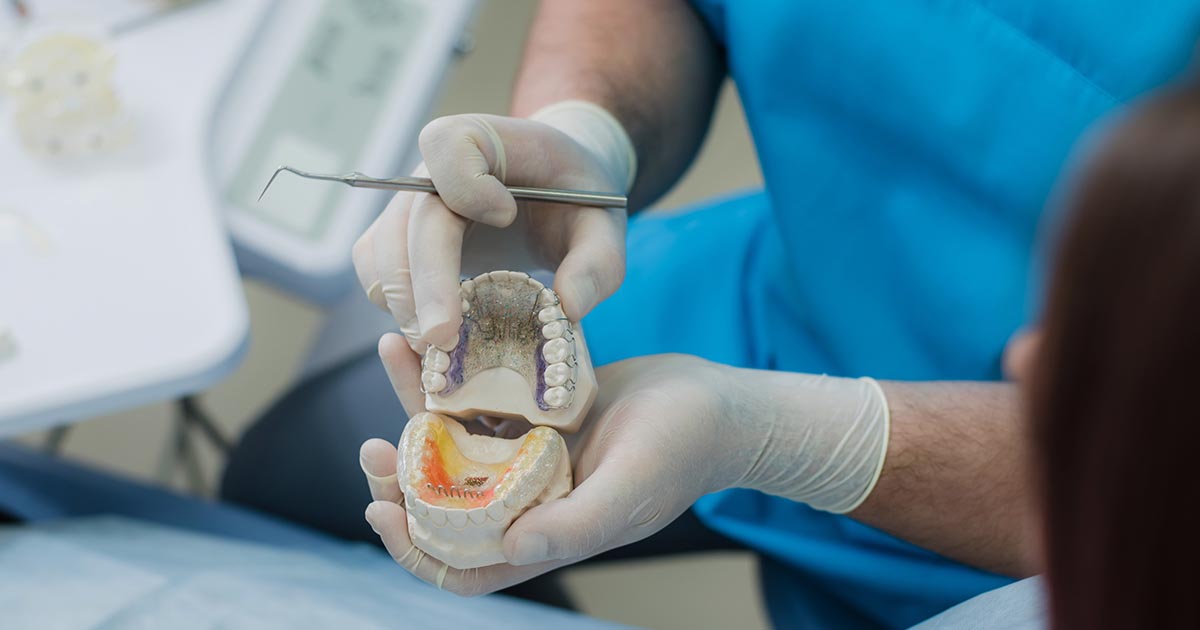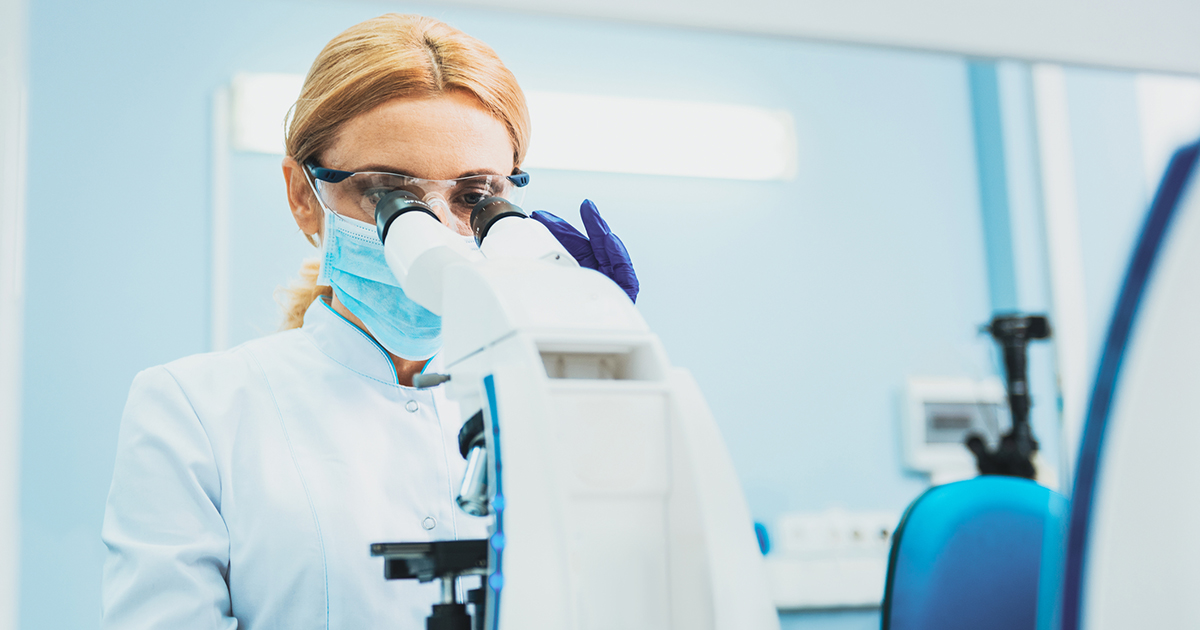Treatments For Aarskog Syndrome
Aarskog syndrome is a very rare genetic disorder that primarily affects males, though females can develop a milder version. Caused by a mutation in the X chromosome, it causes abnormalities in stature as well as the development of facial features, muscles, bones, and genitalia. Symptoms typically begin to present fully around the age of three. Individuals with Aarskog syndrome can present with a rounded face and broad forehead. The eyes can be spaced widely apart and slanted downwards. Individuals may have an underdeveloped upper jawbone and a small nose. The lips, teeth, and ears can also display a variety of visible abnormalities. The syndrome is a lifelong condition that does not currently have a cure. However, there are treatment options for those affected by it.
Surgical Procedures

Surgical procedures may be necessary to treat and fix some of the abnormalities and structural or congenital malformations caused by Aarskog syndrome. These abnormalities include hernias, hypospadias, cryptorchidism, and the more severe craniofacial features. Eye and dental examinations should also be undergone to determine if surgical intervention is needed to assist with vision, chewing, eating, and speech problems. Surgically treating a cleft lip is one of the most common interventions with regards to Aarskog syndrome, and surgeries may also be recommended to correct other defects. Intervening surgically will depend entirely on the specific symptoms that present, as well as their degree of severity.
Continue for more on treating Aarskog syndrome.
Growth Hormone Treatments

Because Aarskog syndrome can present in a multitude of ways and with distinct developmental abnormalities, the clinical care team is required to develop individualized, harmonized treatment plans. Some patients with Aarskog syndrome may experience significantly stunted growth. This is particularly evident in children. If this is the case, the clinical care team may recommend the patient undergo growth hormone treatments. This will only be recommended after height and growth rate have been monitored and evaluated. A comprehensive plan will be developed to determine expectations for growth hormone treatments, but the overall goal is to improve height in children severely affected by the syndrome.
Continue reading to learn more ways in which Aarskog syndrome is treated now.
Orthodontic Treatments

Facial and jaw deformities and developmental abnormalities are some of the most common symptoms and effects of Aarskog syndrome. These can cause significant problems with eating, chewing, swallowing, and speaking. Occupational therapy will typically be recommended before invasive measures are called upon, but the more severe abnormalities can be addressed through other clinical measures. Orthodontic treatments and sometimes surgery can correct facial and dental irregularities. These treatments aim to alter the positioning and functional capabilities of the lips, teeth, and jaw. Many patients diagnosed with Aarskog syndrome will wear braces to correct poorly aligned teeth, and the procedure will work the same as it would for any other orthodontic patient.
Keep going to reveal the next piece of treating and preventing Aarskog syndrome.
Genetic Counseling

Genetic counseling is typically recommended for individuals with Aarskog syndrome, as well as their families. This is done to take an in-depth look at the genetic and clinical characteristics present in the afflicted person. Counseling also allows a clinical team to track the method of inheritance, note particular traits and characteristics, and identify trends within families. This will then allow them to make educated predictions on the future of the condition and its risks within the family. Samples will be taken of the blood, hair, skin, nails, and other bodily tissues for lab analysis. This can be done with newborns as well as when the child gets older and begins to show identifiable symptoms.
Continue to learn more about preventing Aarskog syndrome.
Prevention

Unfortunately, there is no way to completely prevent or cure Aarskog syndrome. This fact is important for individuals who carry the genetic mutation and wish to start talking about starting a family. Both women and men can undergo genetic testing to determine whether or not they carry the mutated gene (FGC1). Typically, though, it is the potential mother who undergoes the testing, as it is more commonly passed to babies through the mother. If these tests reveal the women possesses the mutated gene, she is more adequately informed and equipped to weigh the potential risks of choosing to get pregnant. Living with Aarskog syndrome significantly impacts a child's life, so making an educated decision on whether to move forward is an important element of one's family planning.
